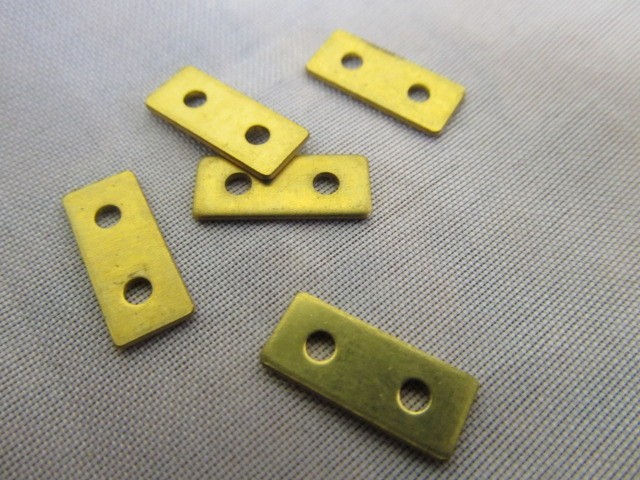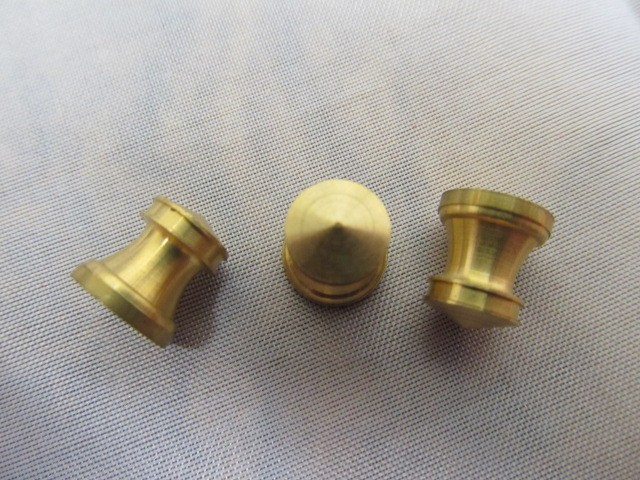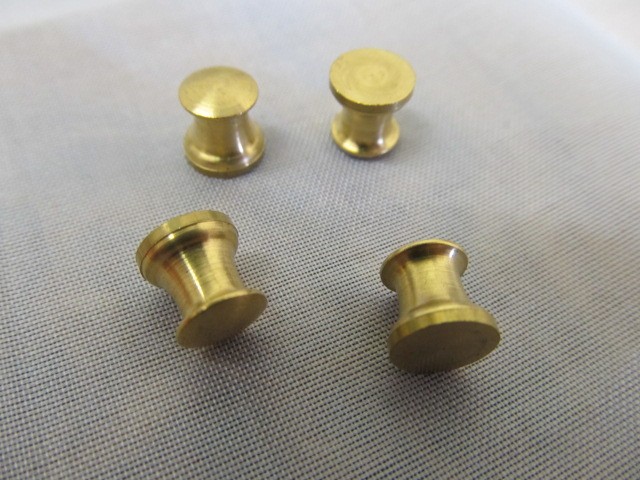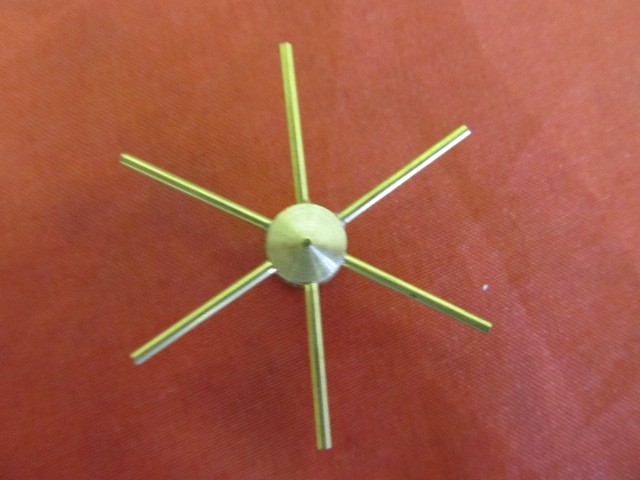Bollards and Capstans
Bollards and capstans are two essential components found on sailing ships that serve important functions in the operation and maintenance of the vessel. Bollards, also known as mooring bitts, are sturdy posts or pillars that are fixed to the deck of a ship and are used for securing ropes or cables for mooring purposes. These bollards are strategically placed along the sides and at the bow and stern of the ship, providing multiple points of attachment for ropes and lines.
One of the main functions of bollards is to secure the ship to a dock or pier. When a ship arrives at a port, the bollards on the dock are used to secure the ship’s mooring lines, preventing it from drifting away. The bollards on the ship, on the other hand, are used to secure the ship to the dock by attaching the mooring lines to them. This allows the ship to remain in a stable position while loading and unloading cargo, as well as during rough weather conditions.

In addition to mooring, bollards also play a crucial role in towing operations. When a ship needs to be towed, the bollards on the bow and stern are used to secure the towing lines, providing a strong and stable connection between the two vessels. Bollards are also used during the loading and unloading of heavy cargo, as they provide a secure attachment point for the ship’s cranes.
Capstans, on the other hand, are mechanical devices used for handling ropes and cables on a ship. They consist of a vertical cylinder with a horizontal drum on top, and a crank or motor for rotating the drum. The ropes and cables are wound around the drum and can be controlled by turning the crank or using the motor. Capstans are typically found on the fore and aft decks of a sailing ship and are used for a variety of functions.
One of the main functions of a capstan is to handle the anchor chain. When a ship needs to drop or raise its anchor, the anchor chain is wound around the capstan’s drum and controlled by turning the crank or using the motor. This allows for precise and controlled movements, ensuring the safe and efficient handling of the anchor.
Capstans are also used for hoisting and lowering sails. The ropes and lines attached to the sails are wound around the drum and controlled by the capstan, allowing for smooth and controlled movements of the sails. This is especially important during strong winds, as the capstan helps to manage the tension on the sail, preventing it from tearing or causing damage to the ship.
In addition to these functions, capstans are also used for other tasks such as raising and lowering heavy equipment, handling cargo, and even for emergency situations such as towing a damaged ship.
In conclusion, bollards and capstans are two important components on sailing ships that play critical roles in the safe and efficient operation of the vessel. From mooring and towing to handling cargo and managing sails, these two devices are essential for the smooth functioning of a sailing ship. Their importance cannot be underestimated, as they have been used for centuries and continue to be an integral part of modern sailing ships.











